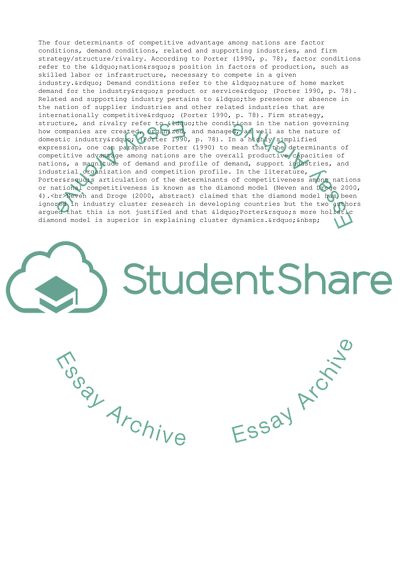Cite this document
(“Competitive Advantage of Australia Based on the Diamond Model Term Paper”, n.d.)
Competitive Advantage of Australia Based on the Diamond Model Term Paper. Retrieved from https://studentshare.org/business/1745092-international-business-report
Competitive Advantage of Australia Based on the Diamond Model Term Paper. Retrieved from https://studentshare.org/business/1745092-international-business-report
(Competitive Advantage of Australia Based on the Diamond Model Term Paper)
Competitive Advantage of Australia Based on the Diamond Model Term Paper. https://studentshare.org/business/1745092-international-business-report.
Competitive Advantage of Australia Based on the Diamond Model Term Paper. https://studentshare.org/business/1745092-international-business-report.
“Competitive Advantage of Australia Based on the Diamond Model Term Paper”, n.d. https://studentshare.org/business/1745092-international-business-report.


